The implications of deep fakes include the harm they may do to a company. Assume a CEO of a company expresses (apparently) opposite ideas in a video.
During the third week of the Ukrainian conflict earlier this year, Volodymyr Zelensky was seen in a video wearing a dark green shirt and speaking slowly and methodically from behind a white presidential podium carrying his country's coat of arms. The Ukrainian president's head was the only part of his body that moved while he spoke. His voice sounded distorted and gravelly as he appeared to urge Ukrainians to surrender to Russia.
It was immediately apparent that the tape was a deep fake, but it appeared that he said in Ukrainian, “I ask you to lay down your weapons and go back to your families,” “This war is not worth dying for. I suggest you to keep on living, and I am going to do the same.” This is the ultimate example of how deep-fakes can be used to manipulate mental states of survivors in distress.
U.S. intelligence officials are keeping an eye out for any evidence of tampering with the audio or video content of reports that have surfaced since the crisis in Ukraine began.
What are Deep-fakes?
Deep-fakes are a type of fake media in which a person's likeness is digitally altered in an already-existing photograph or video. Deepfakes use sophisticated machine learning and artificial intelligence algorithms to edit or generate visual and audio content with the intent of fooling. At first, deep-fakes were created for more questionable reasons, such as to further a company's marketing efforts. Since deep-fakes don't call for a real-life performer, they could help businesses save money on video advertising. It's possible for a marketer to get the go-ahead to use a character played by an actor instead of actually hiring the actor. The actor's previous digital recordings can be used to create a new video with scripted dialogue inserted.
The case we mentioned at the beginning of the paper is emblematic of a new application of deep-fakes: influencing the political dynamic of a country or, more recently, mobilising the people for or against by creating fake films of world leaders delivering false messages and speeches.
Surprisingly, this isn't the first time that deep-fakes have posed such a serious threat; FBI officials voiced concerns about the possibility of deep-fakes being used to sway the 2020 US Presidential elections. Fortunately, deep-fakes were not used as often as they could have been otherwise, either because of slow progress in this technology or because of the government's determined efforts to counter it. However, the stakes are much too high this time in the Ukraine crisis, as the resolution of this crisis will determine the course of world politics for decades to come.
Also, READ: Data of 6 lakh Indians stolen, sold on bot markets, close to 50 lakh users affected globally: Study
According to The Guardian, a Russian propaganda campaign called "Ukraine Today" is using fake profiles on social media platforms like Facebook, Twitter, and Instagram to spread false information about the conflict. And we are all aware that these social media platforms do not have any kind of verification in place to verify the veracity of the news or user profiles posted on them. Without proper verification, anyone can create an account on these sites and upload any type of information they like. Because of this new technology of deep-fakes, the lack of strong authentication measures by these sites can have disastrous effects on the global political stage.
![submenu-img]() 'What was that?': Aparshakti Khurana got angry phone call from Amar Kaushik for 'PR game' remark on Stree 2 credit war
'What was that?': Aparshakti Khurana got angry phone call from Amar Kaushik for 'PR game' remark on Stree 2 credit war![submenu-img]() Afghanistan vs New Zealand, One-off Test: Date, time, venue, live streaming, tickets - All you need to know
Afghanistan vs New Zealand, One-off Test: Date, time, venue, live streaming, tickets - All you need to know![submenu-img]() This college turned down Gautam Adani’s application, after 46 years called to honour him
This college turned down Gautam Adani’s application, after 46 years called to honour him![submenu-img]() Is Flipkart Minutes the new Santa? Bengaluru man gets free PS5 with TV order
Is Flipkart Minutes the new Santa? Bengaluru man gets free PS5 with TV order![submenu-img]() Deepika Padukone, Ranveer Singh visit Mumbai hospital with families; spark speculations about baby's birth
Deepika Padukone, Ranveer Singh visit Mumbai hospital with families; spark speculations about baby's birth![submenu-img]() भारत ने पैरालंपिक खेलों में अपने नाम किए दो और मेडल, नवदीप सिंह ने जीता सिल्वर पर जानें क्यो दिया गया उन्हें गोल्ड
भारत ने पैरालंपिक खेलों में अपने नाम किए दो और मेडल, नवदीप सिंह ने जीता सिल्वर पर जानें क्यो दिया गया उन्हें गोल्ड![submenu-img]() Haryana Elections 2024: बजरंग पूनिया का बृजभूषण सिंह को चै�लेंज, 'हिम्मत है तो विनेश के...'
Haryana Elections 2024: बजरंग पूनिया का बृजभूषण सिंह को चै�लेंज, 'हिम्मत है तो विनेश के...' ![submenu-img]() Mangesh Yadav Encounter पर राहुल गांधी ने योगी सरकार को घेरा, 'लोगों के जीने-मरने का कर रहे फैसला'
Mangesh Yadav Encounter पर राहुल गांधी ने योगी सरकार को घेरा, 'लोगों के जीने-मरने का कर रहे फैसला'![submenu-img]() Kolkata Rape Case: रेप और हत्या करने के बाद क्या कर रहा था आरोपी संजय रॉय, पॉलीग्राफ टेस्ट में उगला सच
Kolkata Rape Case: रेप और हत्या करने के बाद क्या कर रहा था आरोपी संजय रॉय, पॉलीग्राफ टेस्ट में उगला सच ![submenu-img]() Telangana Floods: तेलंगाना में बारिश और बाढ़ के कहर में 29 की मौत, अगले दो दिन भी राहत के आसार नहीं
Telangana Floods: तेलंगाना में बारिश और बाढ़ के कहर में 29 की मौत, अगले दो दिन भी राहत के आसार नहीं ![submenu-img]() Skoda-Auto Volkswagen India to invest Rs 15000 crore to set up EV plant in…
Skoda-Auto Volkswagen India to invest Rs 15000 crore to set up EV plant in…![submenu-img]() Hyundai Venue E+ with electric sunroof launched in India; price starts at Rs…
Hyundai Venue E+ with electric sunroof launched in India; price starts at Rs…![submenu-img]() DNA Auto Awards 2024: Maruti Suzuki Swift nominated for ‘CAR OF THE YEAR’; check price, features
DNA Auto Awards 2024: Maruti Suzuki Swift nominated for ‘CAR OF THE YEAR’; check price, features![submenu-img]() DNA Auto Awards 2024: Hyundai Alcazar Facelift nominated for ‘CAR OF THE YEAR’; check details
DNA Auto Awards 2024: Hyundai Alcazar Facelift nominated for ‘CAR OF THE YEAR’; check details![submenu-img]() Hyundai Creta Knight Edition launched in India: Check price, features, design
Hyundai Creta Knight Edition launched in India: Check price, features, design![submenu-img]() Meet IIT topper who left corporate job to become IAS officer, failed four times in UPSC exam, he is...
Meet IIT topper who left corporate job to become IAS officer, failed four times in UPSC exam, he is...![submenu-img]() BIG UPDATE! UGC NET answer key 2024 to be released soon at...
BIG UPDATE! UGC NET answer key 2024 to be released soon at...![submenu-img]() Meet woman, mill worker’s daughter who lost mother during UPSC preparations, still cracked it with AIR 14, she is now...
Meet woman, mill worker’s daughter who lost mother during UPSC preparations, still cracked it with AIR 14, she is now...![submenu-img]() Meet man, 54-year-old engineer who left his high-paying job to crack NEET exam but there's a twist
Meet man, 54-year-old engineer who left his high-paying job to crack NEET exam but there's a twist![submenu-img]() Meet IIT-JEE topper with AIR 1, who quit IIT Bombay after a year due to...
Meet IIT-JEE topper with AIR 1, who quit IIT Bombay after a year due to...![submenu-img]() Mumbai: Fire Breaks Out At Times Tower In Mumbai, 9 Fire Units Deployed
Mumbai: Fire Breaks Out At Times Tower In Mumbai, 9 Fire Units Deployed![submenu-img]() 'Dharavi Project Is About Restoring Dignity...', Says Gautam Adani | Dharavi Redevelopment Project
'Dharavi Project Is About Restoring Dignity...', Says Gautam Adani | Dharavi Redevelopment Project![submenu-img]() Kolkata Doctor Case: CBI Visits RG Kar, Seizes Documents On Funds Used During Sandip Ghosh’s Tenure
Kolkata Doctor Case: CBI Visits RG Kar, Seizes Documents On Funds Used During Sandip Ghosh’s Tenure![submenu-img]() Giriraj Singh Attacked: Union Minister Giriraj Singh Assaulted In Begusarai, Bihar; Accused Arrested
Giriraj Singh Attacked: Union Minister Giriraj Singh Assaulted In Begusarai, Bihar; Accused Arrested![submenu-img]() Haryana Assembly Election 2024: Haryana Assembly Election Date Changed, Check Details Here
Haryana Assembly Election 2024: Haryana Assembly Election Date Changed, Check Details Here![submenu-img]() This college turned down Gautam Adani’s application, after 46 years called to honour him
This college turned down Gautam Adani’s application, after 46 years called to honour him![submenu-img]() Business heartthrob Vaibhav Maloo pursues his childhood dreams in the digital world by launching InfoProfile
Business heartthrob Vaibhav Maloo pursues his childhood dreams in the digital world by launching InfoProfile ![submenu-img]() Skoda-Auto Volkswagen India to invest Rs 15000 crore to set up EV plant in…
Skoda-Auto Volkswagen India to invest Rs 15000 crore to set up EV plant in…![submenu-img]() This Mukesh Ambani Reliance share plummets 30% in weeks, investors caught in lower circuit trap
This Mukesh Ambani Reliance share plummets 30% in weeks, investors caught in lower circuit trap![submenu-img]() Hyundai Venue E+ with electric sunroof launched in India; price starts at Rs…
Hyundai Venue E+ with electric sunroof launched in India; price starts at Rs…![submenu-img]() Meet Yesha Sagar, Indian-Canadian model and actress making waves as cricket presenter
Meet Yesha Sagar, Indian-Canadian model and actress making waves as cricket presenter![submenu-img]() Meet actress who never got lead roles, still turned superstar, one rumour ruined her career, became second wife of...
Meet actress who never got lead roles, still turned superstar, one rumour ruined her career, became second wife of...![submenu-img]() Sundar Pichai to Mark Zuckerberg: 10 tech leaders from Time's 2024 AI 100 list
Sundar Pichai to Mark Zuckerberg: 10 tech leaders from Time's 2024 AI 100 list![submenu-img]() Meet actress worth Rs 10000 cr, among youngest billionaires ever, once had no money for gas, now richer than SRK, Salman
Meet actress worth Rs 10000 cr, among youngest billionaires ever, once had no money for gas, now richer than SRK, Salman![submenu-img]() Top six signs of high cholesterol on face that you must not ignore
Top six signs of high cholesterol on face that you must not ignore ![submenu-img]() Is Flipkart Minutes the new Santa? Bengaluru man gets free PS5 with TV order
Is Flipkart Minutes the new Santa? Bengaluru man gets free PS5 with TV order![submenu-img]() CM Himanta Biswa Sarma sets this condition for new Aadhaar card applicants in Assam
CM Himanta Biswa Sarma sets this condition for new Aadhaar card applicants in Assam![submenu-img]() Government discharges Ex-IAS Trainee Puja Khedkar over examination fraud with immediate effect
Government discharges Ex-IAS Trainee Puja Khedkar over examination fraud with immediate effect ![submenu-img]() Kolkata doctor rape-murder case: DNA report suggests Sanjay Roy lone accused, CBI to file chargesheet
Kolkata doctor rape-murder case: DNA report suggests Sanjay Roy lone accused, CBI to file chargesheet![submenu-img]() This city is all set to get India's fastest metro train service; check route, timeline, distance, top speed and more
This city is all set to get India's fastest metro train service; check route, timeline, distance, top speed and more











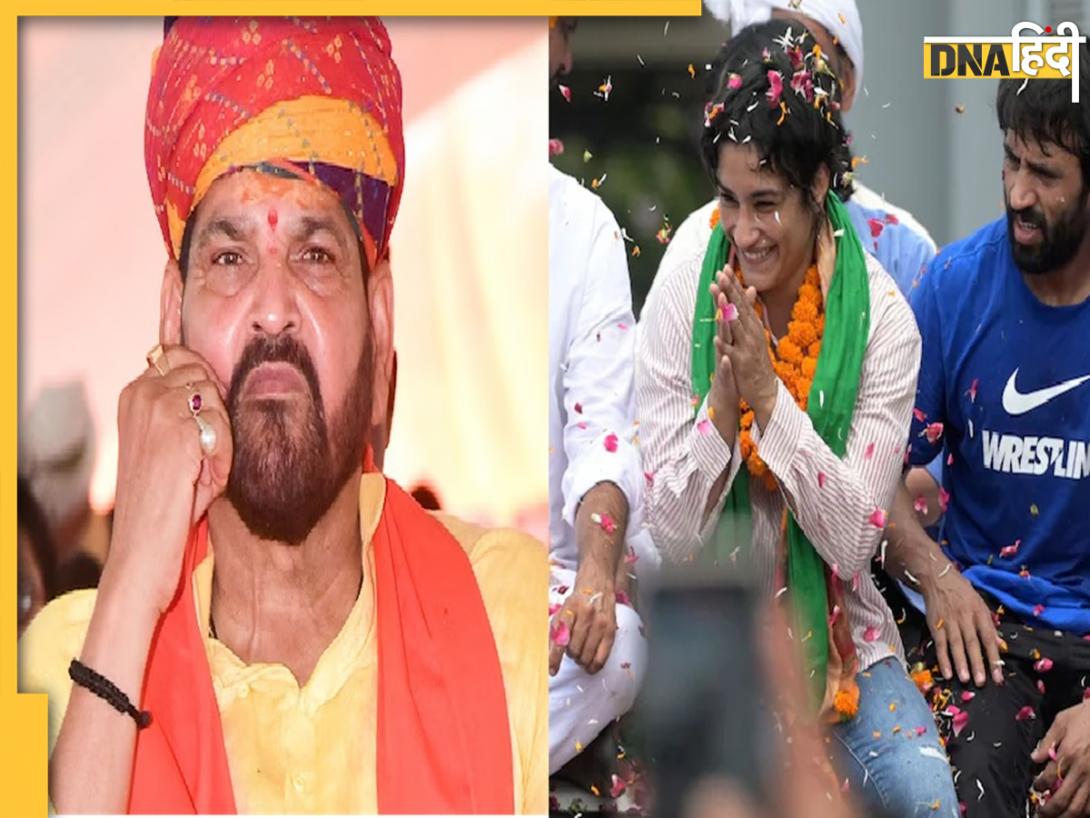

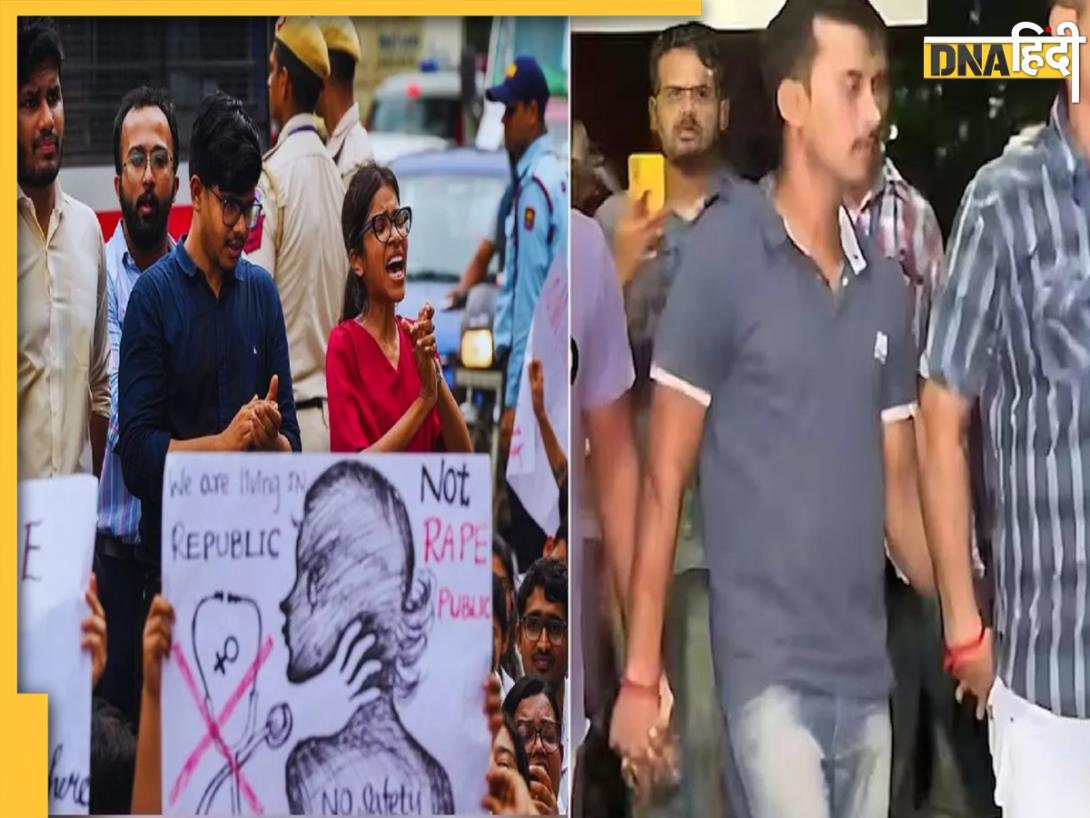
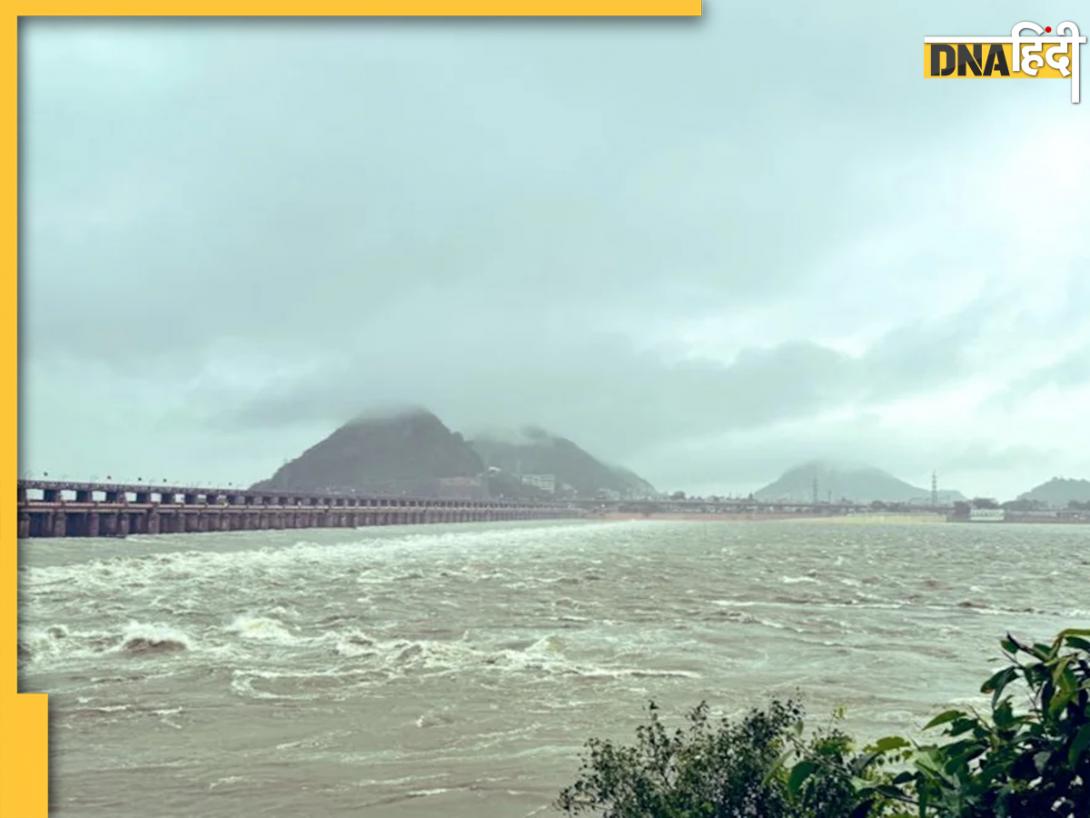





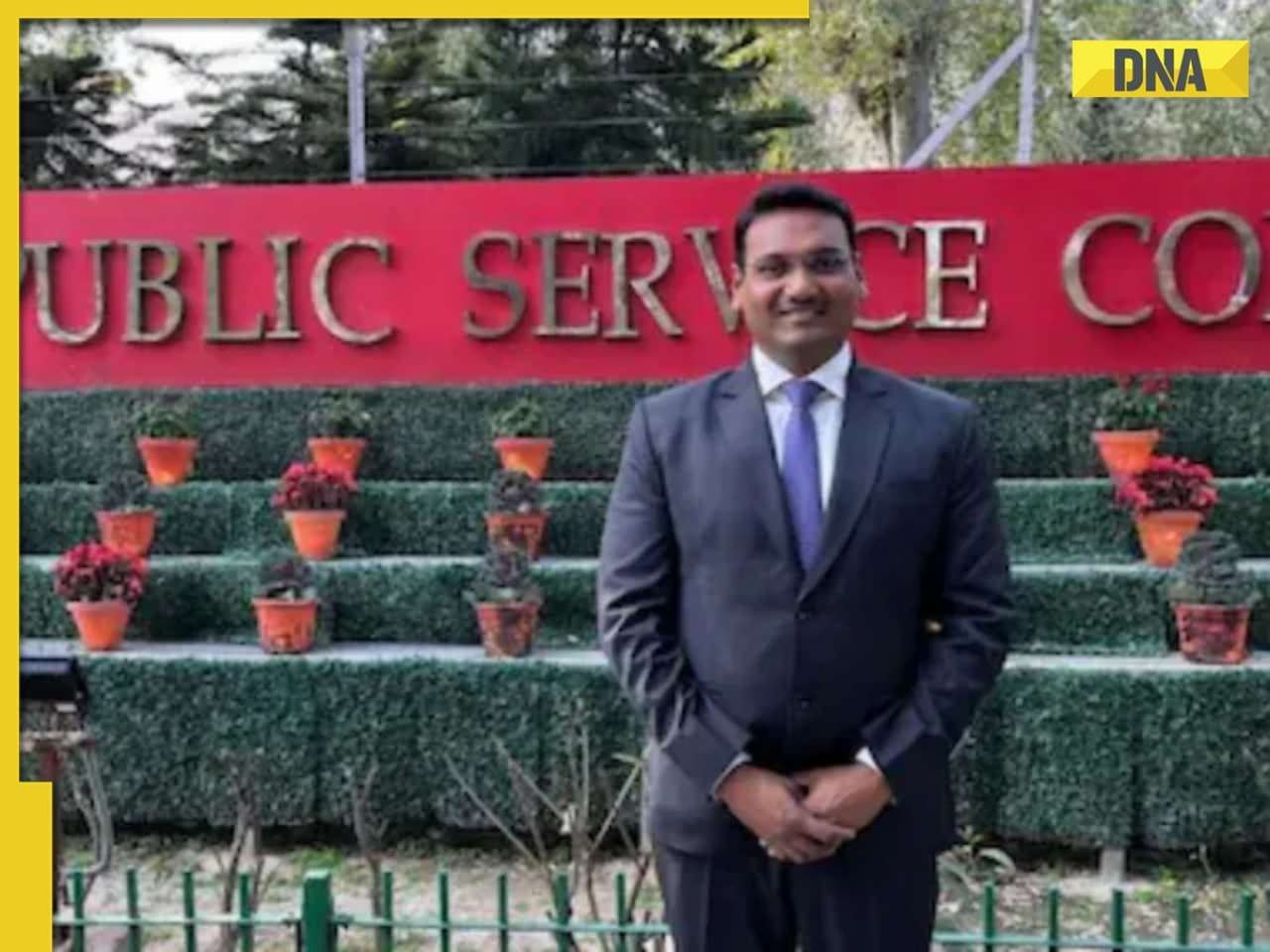







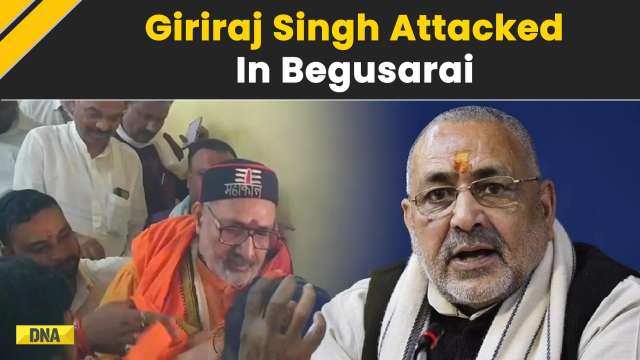
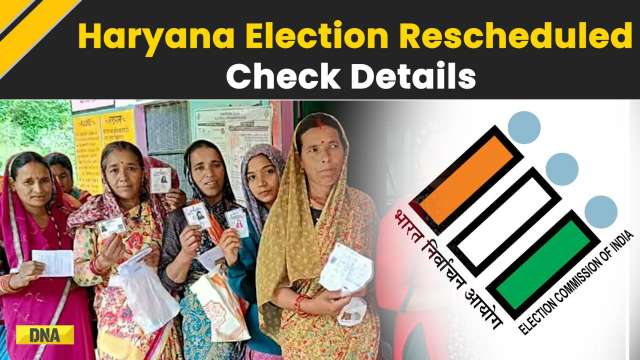

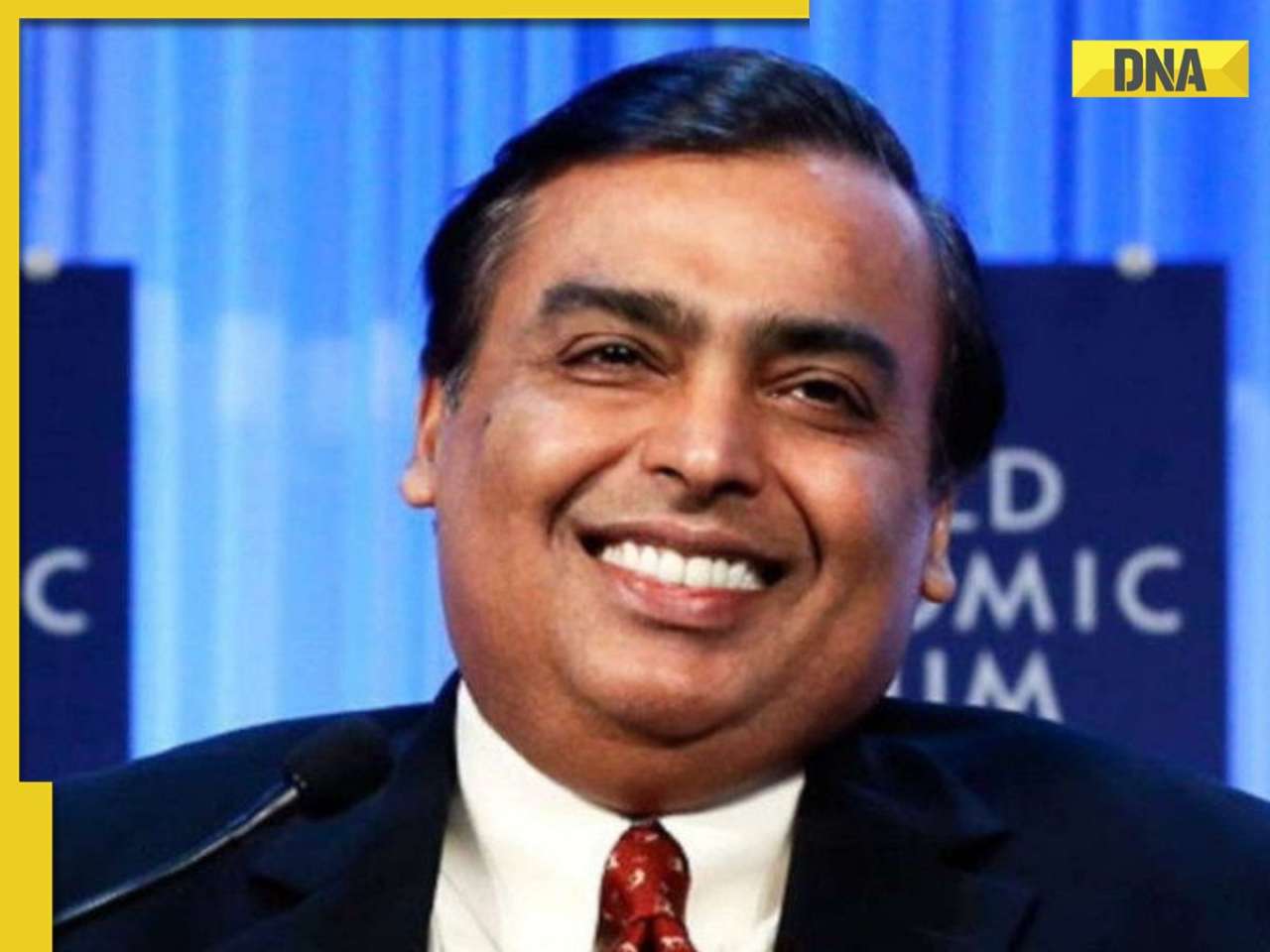


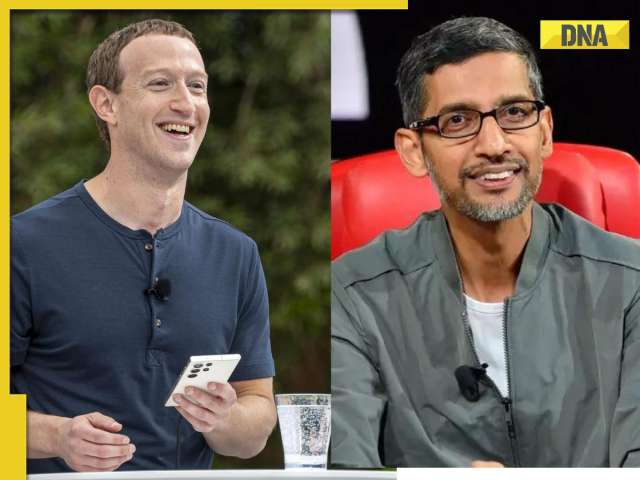


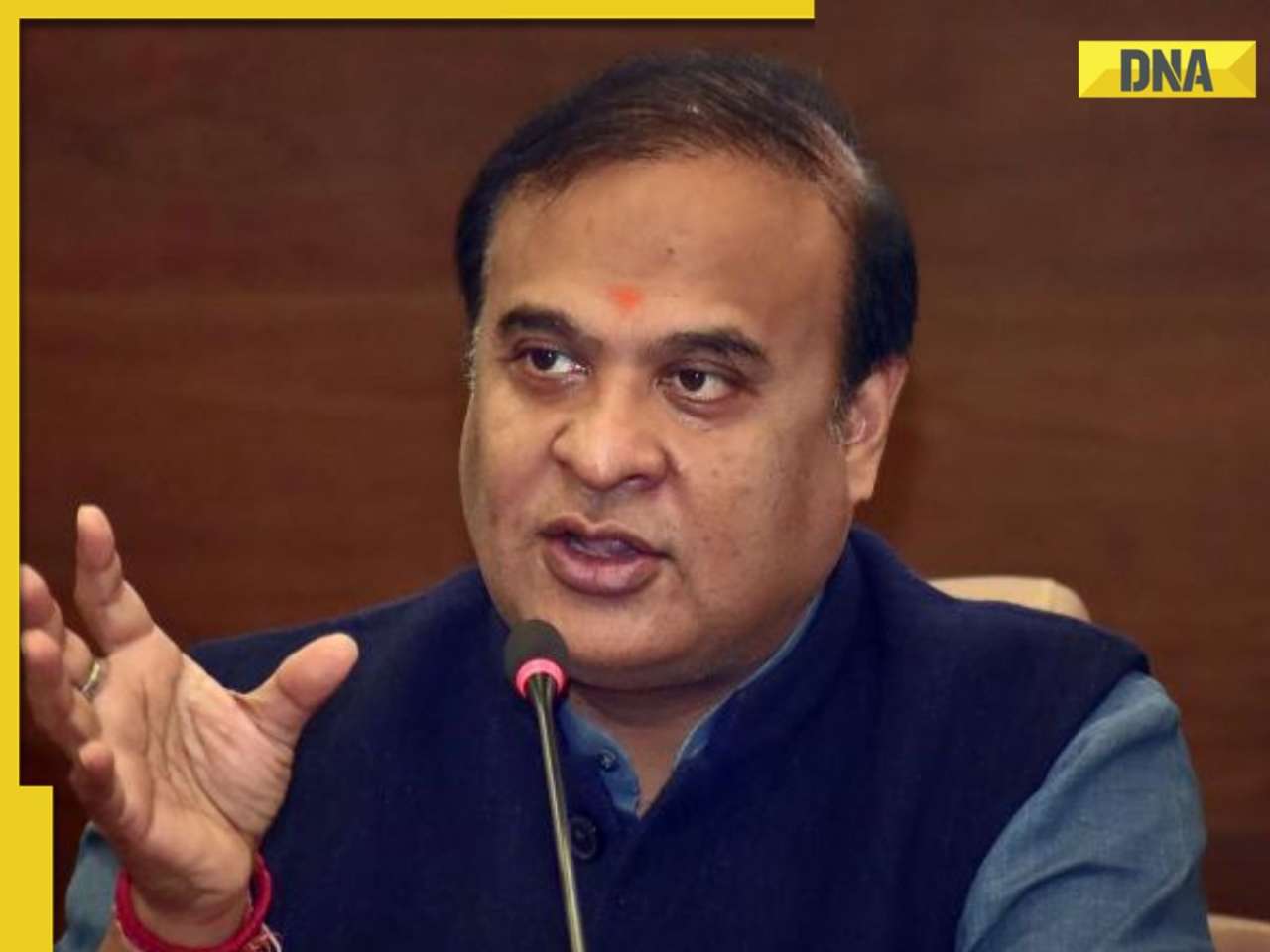


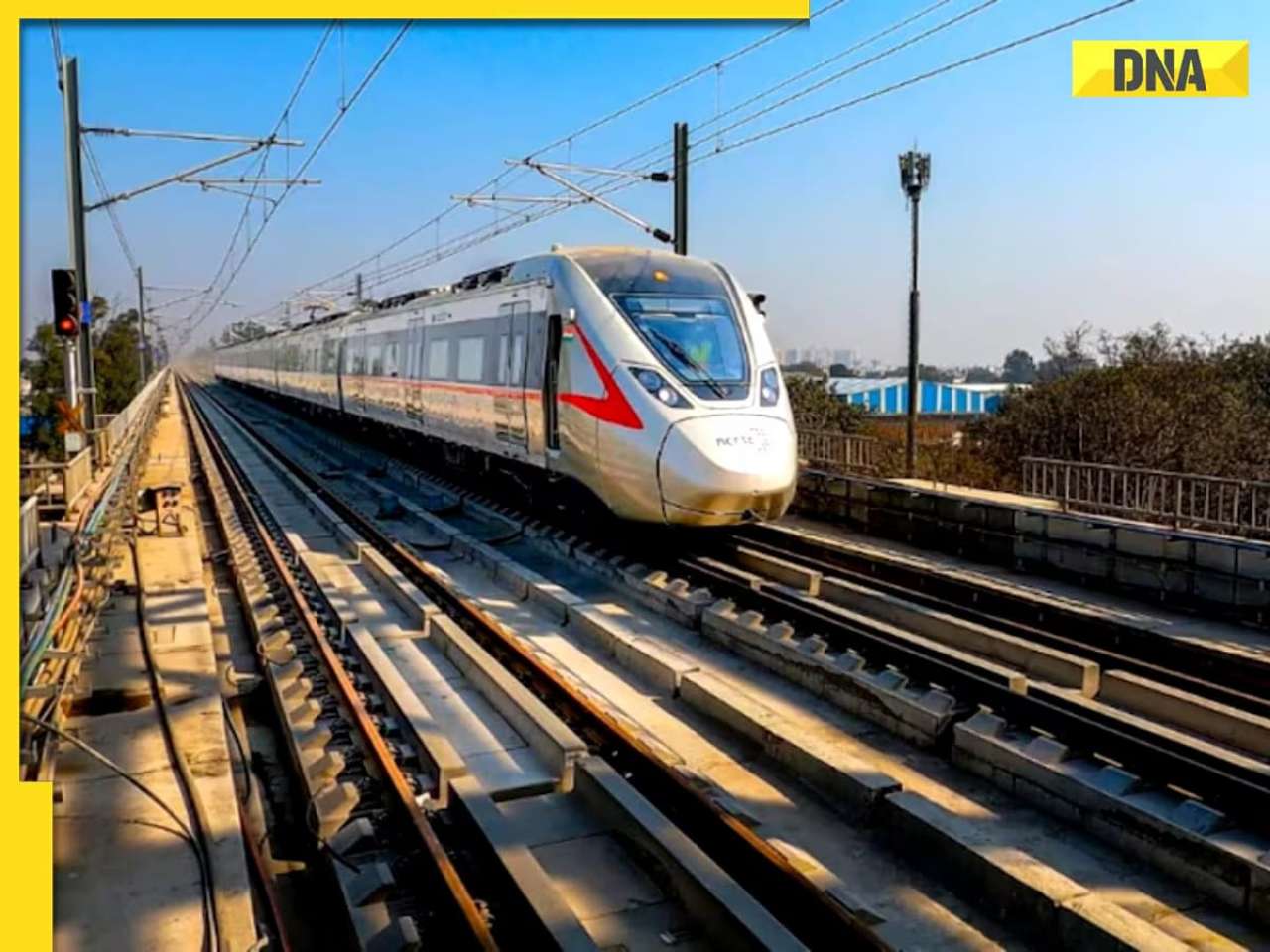

)
)
)
)
)
)
)
)
)
)
)
)
)
)
)





)
)
)
)
)
)